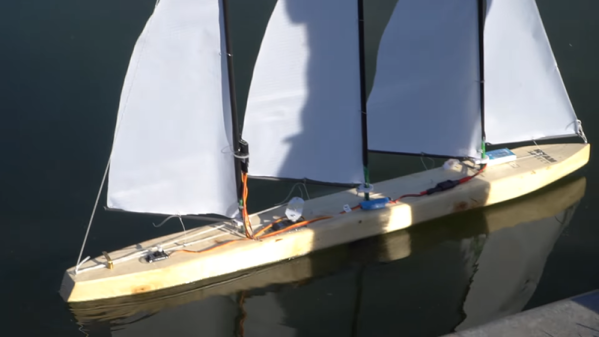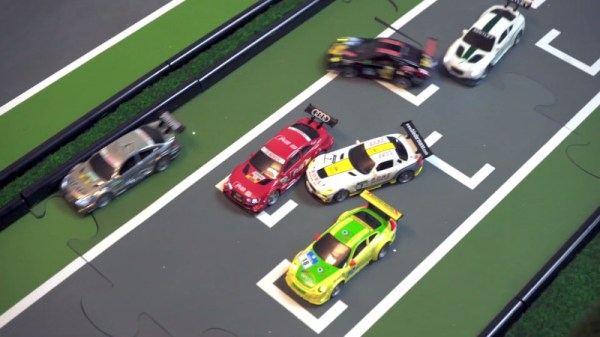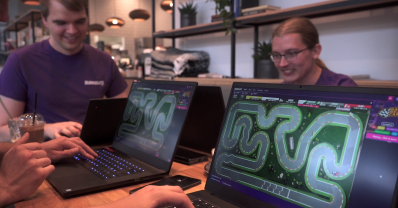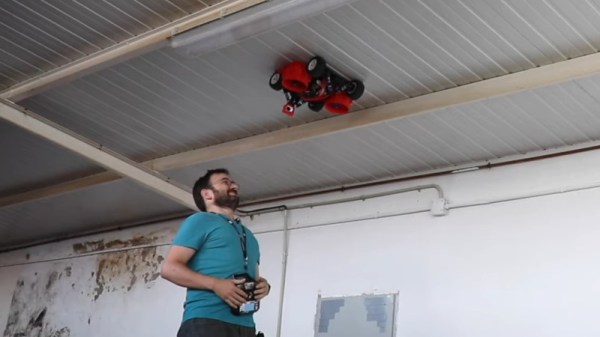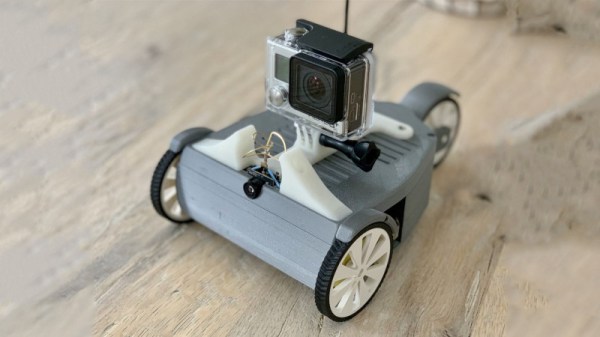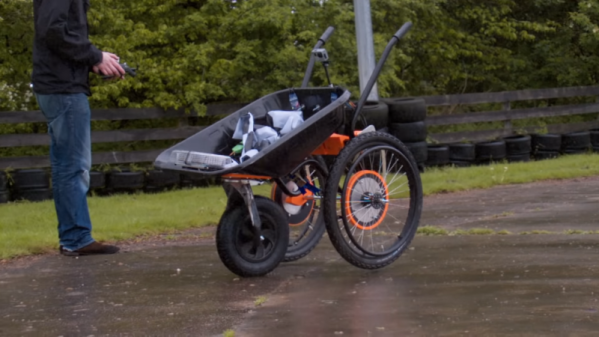Hovercraft come in all shapes and sizes. and while they’ve largely disappeared as a major commercial transit option, they remain popular in the hearts and minds of makers everywhere. [RCLifeOn’s] latest project concerns a compact, indoor-sized hovercraft piloted via FPV, and it looks to be brilliant fun.
The build consists of a 3D printed chassis, with a skirt cut out of a garbage bag and held on with press-fit clamps. Twin ducted fans are employed, one for propulsion, the other for levitation. A 5GHz FPV camera is nestled on top of the rear fan housing to provide a video feed for the pilot.
The craft was somewhat uncontrollable in initial testing. Tweaks to the weight distribution and the addition of a bigger rudder helped tame the rig. [RCLifeOn] also demonstrates a unique way of balancing damaged fan assemblies in the field; it’s a technique we’ll keep in the back of our mind for future use.
The trick to a good hovercraft build is light weight, big control surfaces, and a good skirt. You can even go off-book and use the Coanda effect, if you’re so inclined. Video after the break.
Continue reading “Compact 3D Printed Hovercraft Is Loungeroom Floor Fun”


